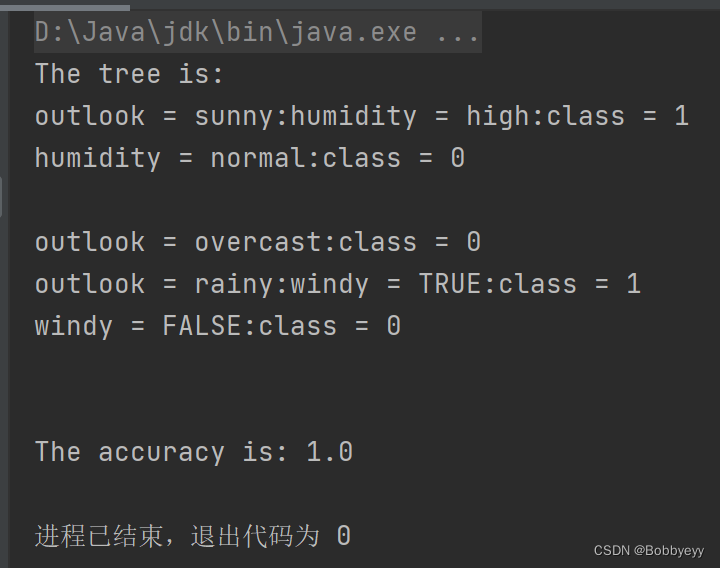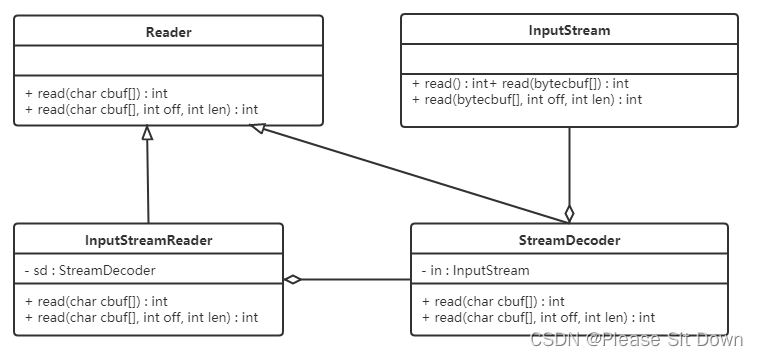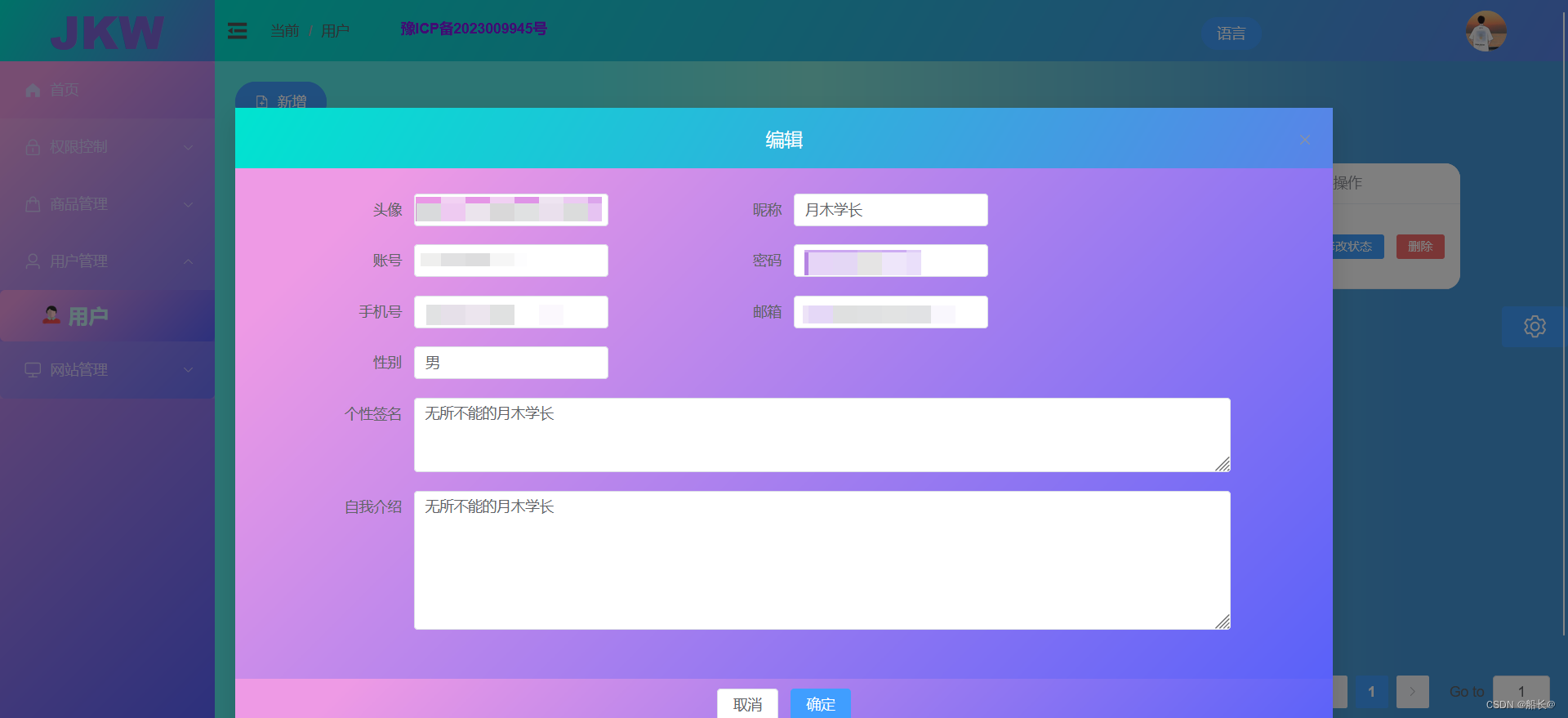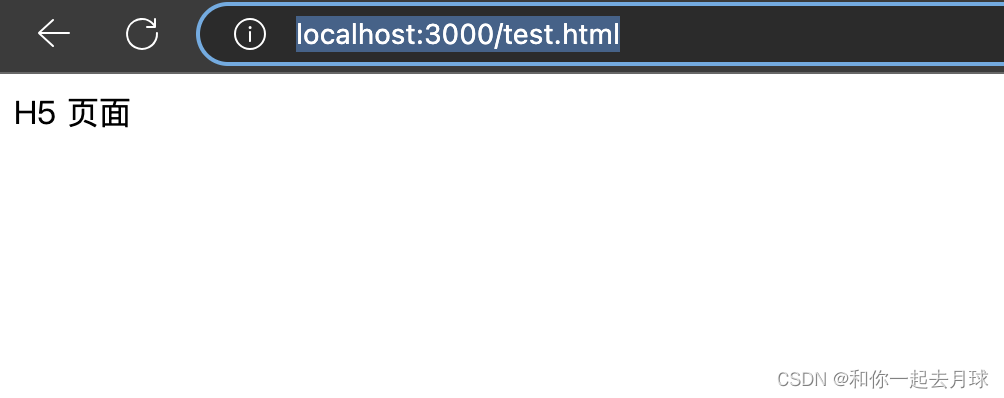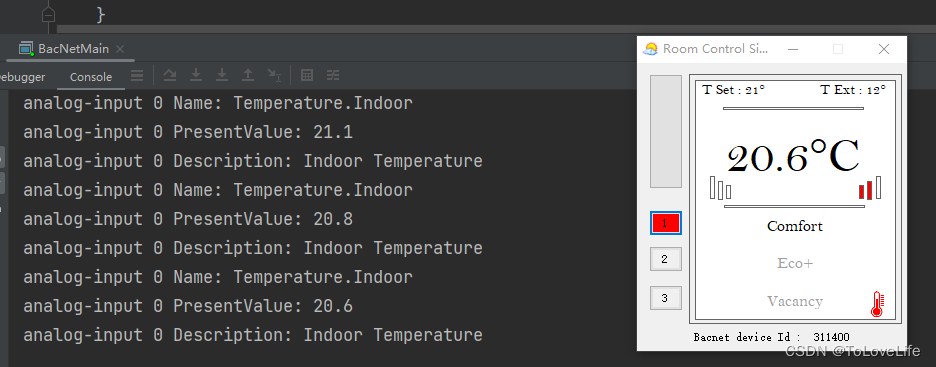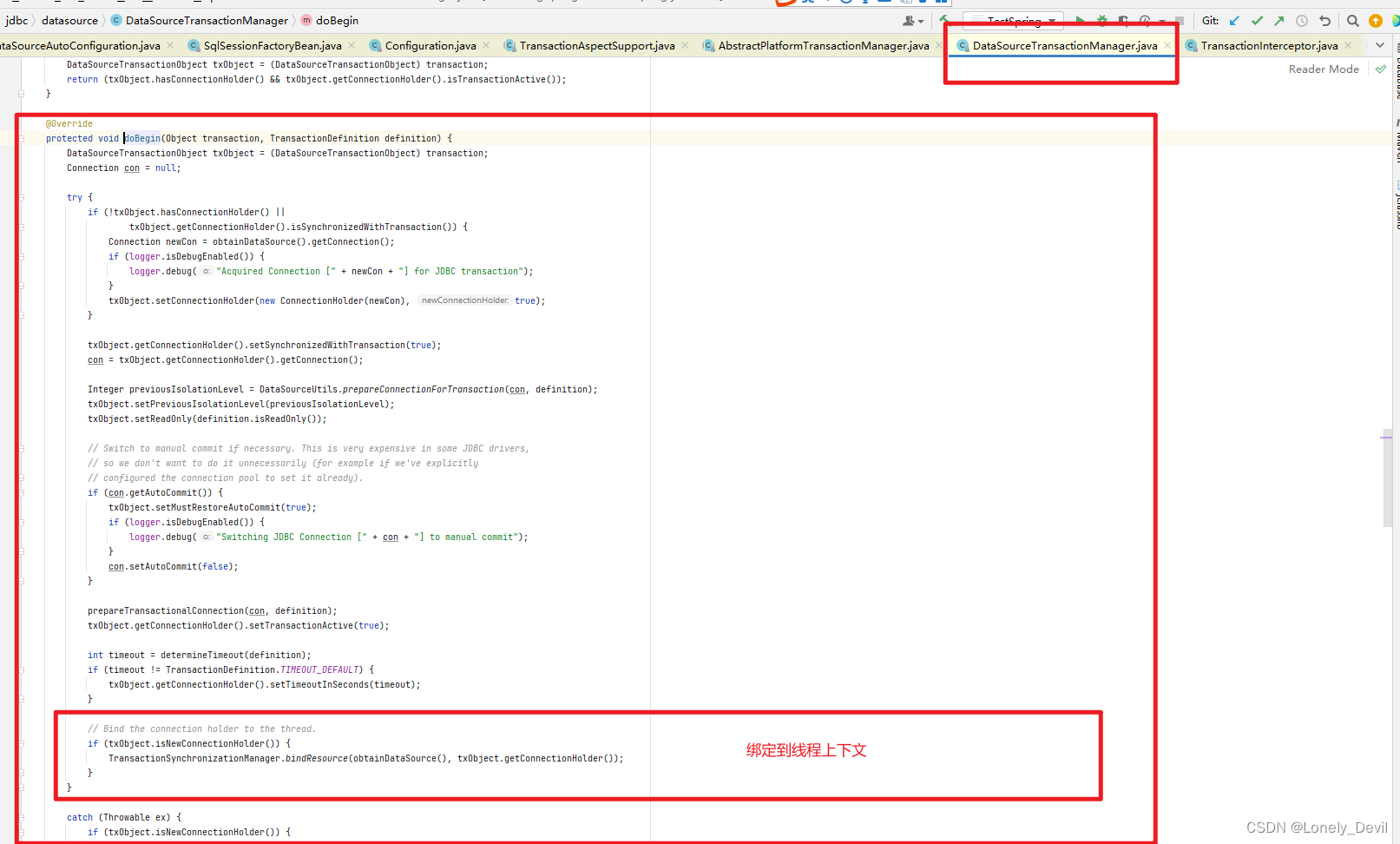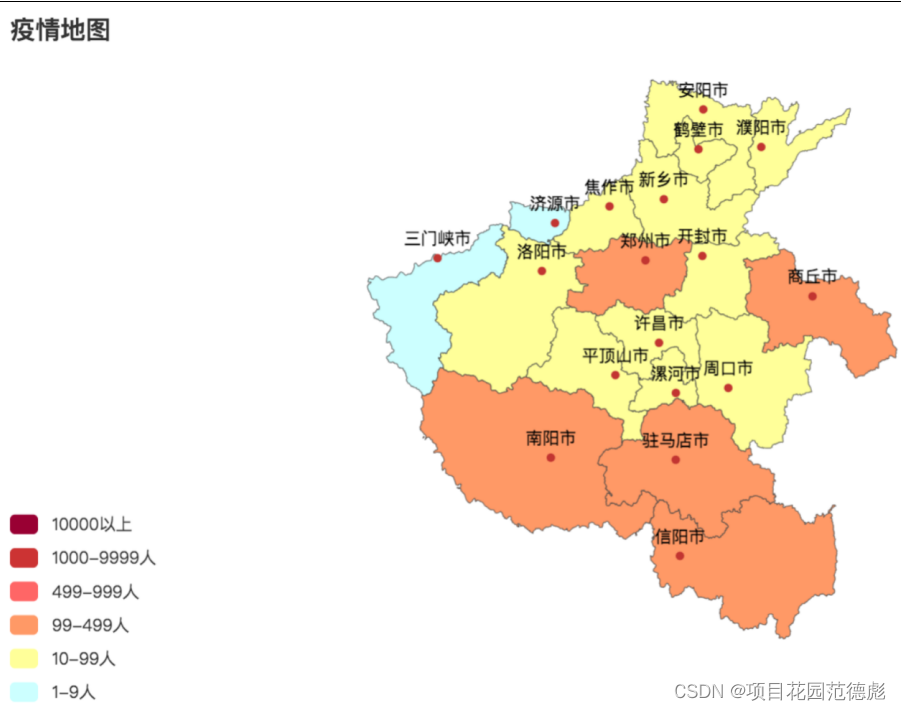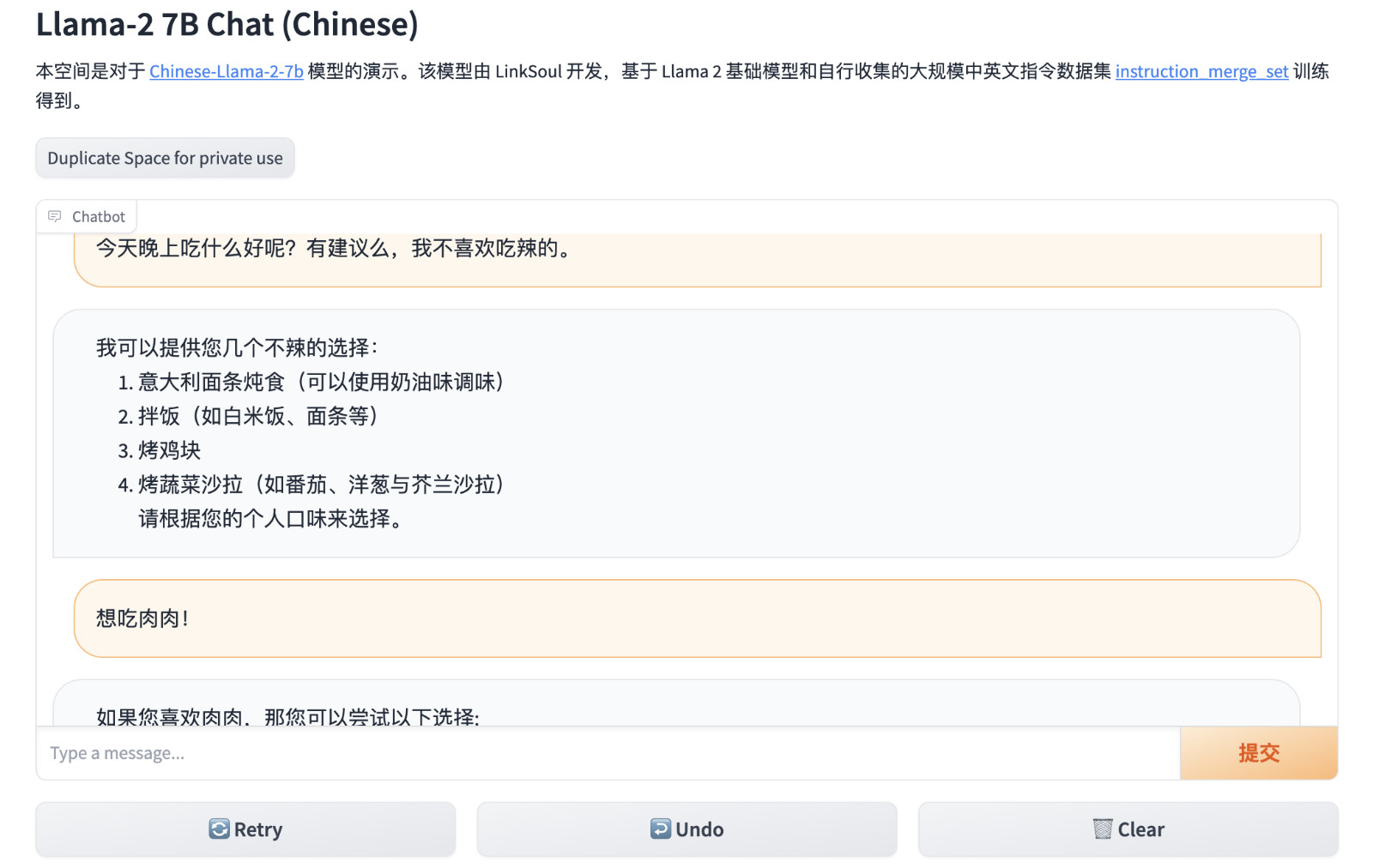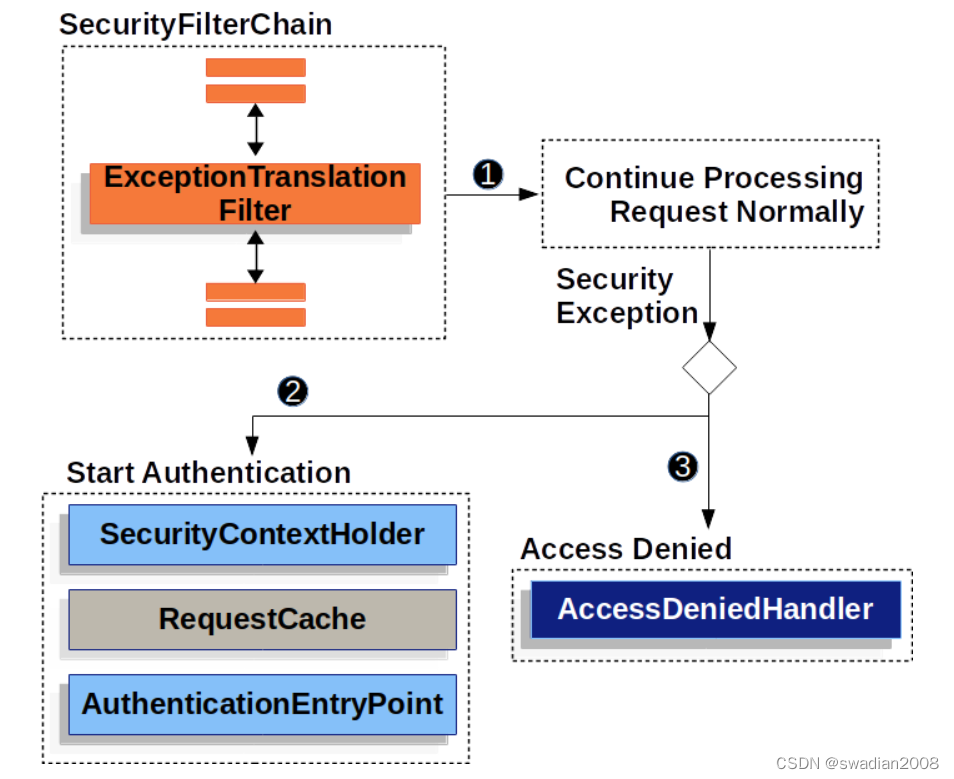代码:
package dl;
import java.io.FileReader;
import java.util.Arrays;
import weka.core.*;
/**
* The ID3 decision tree inductive algorithm.
*/
public class ID3 {
/**
* The data.
*/
Instances dataset;
/**
* Is this dataset pure (only one label)?
*/
boolean pure;
/**
* The number of classes. For binary classification it is 2.
*/
int numClasses;
/**
* Available instances. Other instances do not belong this branch.
*/
int[] availableInstances;
/**
* Available attributes. Other attributes have been selected in the path
* from the root.
*/
int[] availableAttributes;
/**
* The selected attribute.
*/
int splitAttribute;
/**
* The children nodes.
*/
ID3[] children;
/**
* My label. Inner nodes also have a label. For example, <outlook = sunny,
* humidity = high> never appear in the training data, but <humidity = high>
* is valid in other cases.
*/
int label;
/**
* The prediction, including queried and predicted labels.
*/
int[] predicts;
/**
* Small block cannot be split further.
*/
static int smallBlockThreshold = 3;
/**
********************
* The constructor.
*
* @param paraFilename
* The given file.
********************
*/
public ID3(String paraFilename) {
dataset = null;
try {
FileReader fileReader = new FileReader(paraFilename);
dataset = new Instances(fileReader);
fileReader.close();
} catch (Exception ee) {
System.out.println("Cannot read the file: " + paraFilename + "\r\n" + ee);
System.exit(0);
} // Of try
dataset.setClassIndex(dataset.numAttributes() - 1);
numClasses = dataset.classAttribute().numValues();
availableInstances = new int[dataset.numInstances()];
for (int i = 0; i < availableInstances.length; i++) {
availableInstances[i] = i;
} // Of for i
availableAttributes = new int[dataset.numAttributes() - 1];
for (int i = 0; i < availableAttributes.length; i++) {
availableAttributes[i] = i;
} // Of for i
// Initialize.
children = null;
// Determine the label by simple voting.
label = getMajorityClass(availableInstances);
// Determine whether or not it is pure.
pure = pureJudge(availableInstances);
}// Of the first constructor
/**
********************
* The constructor.
*
* @param paraDataset
* The given dataset.
********************
*/
public ID3(Instances paraDataset, int[] paraAvailableInstances, int[] paraAvailableAttributes) {
// Copy its reference instead of clone the availableInstances.
dataset = paraDataset;
availableInstances = paraAvailableInstances;
availableAttributes = paraAvailableAttributes;
// Initialize.
children = null;
// Determine the label by simple voting.
label = getMajorityClass(availableInstances);
// Determine whether or not it is pure.
pure = pureJudge(availableInstances);
}// Of the second constructor
/**
**********************************
* Is the given block pure?
*
* @param paraBlock
* The block.
* @return True if pure.
**********************************
*/
public boolean pureJudge(int[] paraBlock) {
pure = true;
for (int i = 1; i < paraBlock.length; i++) {
if (dataset.instance(paraBlock[i]).classValue() != dataset.instance(paraBlock[0])
.classValue()) {
pure = false;
break;
} // Of if
} // Of for i
return pure;
}// Of pureJudge
/**
**********************************
* Compute the majority class of the given block for voting.
*
* @param paraBlock
* The block.
* @return The majority class.
**********************************
*/
public int getMajorityClass(int[] paraBlock) {
int[] tempClassCounts = new int[dataset.numClasses()];
for (int i = 0; i < paraBlock.length; i++) {
tempClassCounts[(int) dataset.instance(paraBlock[i]).classValue()]++;
} // Of for i
int resultMajorityClass = -1;
int tempMaxCount = -1;
for (int i = 0; i < tempClassCounts.length; i++) {
if (tempMaxCount < tempClassCounts[i]) {
resultMajorityClass = i;
tempMaxCount = tempClassCounts[i];
} // Of if
} // Of for i
return resultMajorityClass;
}// Of getMajorityClass
/**
**********************************
* Select the best attribute.
*
* @return The best attribute index.
**********************************
*/
public int selectBestAttribute() {
splitAttribute = -1;
double tempMinimalEntropy = 10000;
double tempEntropy;
for (int i = 0; i < availableAttributes.length; i++) {
tempEntropy = conditionalEntropy(availableAttributes[i]);
if (tempMinimalEntropy > tempEntropy) {
tempMinimalEntropy = tempEntropy;
splitAttribute = availableAttributes[i];
} // Of if
} // Of for i
return splitAttribute;
}// Of selectBestAttribute
/**
**********************************
* Compute the conditional entropy of an attribute.
*
* @param paraAttribute
* The given attribute.
*
* @return The entropy.
**********************************
*/
public double conditionalEntropy(int paraAttribute) {
// Step 1. Statistics.
int tempNumClasses = dataset.numClasses();
int tempNumValues = dataset.attribute(paraAttribute).numValues();
int tempNumInstances = availableInstances.length;
double[] tempValueCounts = new double[tempNumValues];
double[][] tempCountMatrix = new double[tempNumValues][tempNumClasses];
int tempClass, tempValue;
for (int i = 0; i < tempNumInstances; i++) {
tempClass = (int) dataset.instance(availableInstances[i]).classValue();
tempValue = (int) dataset.instance(availableInstances[i]).value(paraAttribute);
tempValueCounts[tempValue]++;
tempCountMatrix[tempValue][tempClass]++;
} // Of for i
// Step 2.
double resultEntropy = 0;
double tempEntropy, tempFraction;
for (int i = 0; i < tempNumValues; i++) {
if (tempValueCounts[i] == 0) {
continue;
} // Of if
tempEntropy = 0;
for (int j = 0; j < tempNumClasses; j++) {
tempFraction = tempCountMatrix[i][j] / tempValueCounts[i];
if (tempFraction == 0) {
continue;
} // Of if
tempEntropy += -tempFraction * Math.log(tempFraction);
} // Of for j
resultEntropy += tempValueCounts[i] / tempNumInstances * tempEntropy;
} // Of for i
return resultEntropy;
}// Of conditionalEntropy
/**
**********************************
* Split the data according to the given attribute.
*
* @return The blocks.
**********************************
*/
public int[][] splitData(int paraAttribute) {
int tempNumValues = dataset.attribute(paraAttribute).numValues();
// System.out.println("Dataset " + dataset + "\r\n");
// System.out.println("Attribute " + paraAttribute + " has " +
// tempNumValues + " values.\r\n");
int[][] resultBlocks = new int[tempNumValues][];
int[] tempSizes = new int[tempNumValues];
// First scan to count the size of each block.
int tempValue;
for (int i = 0; i < availableInstances.length; i++) {
tempValue = (int) dataset.instance(availableInstances[i]).value(paraAttribute);
tempSizes[tempValue]++;
} // Of for i
// Allocate space.
for (int i = 0; i < tempNumValues; i++) {
resultBlocks[i] = new int[tempSizes[i]];
} // Of for i
// Second scan to fill.
Arrays.fill(tempSizes, 0);
for (int i = 0; i < availableInstances.length; i++) {
tempValue = (int) dataset.instance(availableInstances[i]).value(paraAttribute);
// Copy data.
resultBlocks[tempValue][tempSizes[tempValue]] = availableInstances[i];
tempSizes[tempValue]++;
} // Of for i
return resultBlocks;
}// Of splitData
/**
**********************************
* Build the tree recursively.
**********************************
*/
public void buildTree() {
if (pureJudge(availableInstances)) {
return;
} // Of if
if (availableInstances.length <= smallBlockThreshold) {
return;
} // Of if
selectBestAttribute();
int[][] tempSubBlocks = splitData(splitAttribute);
children = new ID3[tempSubBlocks.length];
// Construct the remaining attribute set.
int[] tempRemainingAttributes = new int[availableAttributes.length - 1];
for (int i = 0; i < availableAttributes.length; i++) {
if (availableAttributes[i] < splitAttribute) {
tempRemainingAttributes[i] = availableAttributes[i];
} else if (availableAttributes[i] > splitAttribute) {
tempRemainingAttributes[i - 1] = availableAttributes[i];
} // Of if
} // Of for i
// Construct children.
for (int i = 0; i < children.length; i++) {
if ((tempSubBlocks[i] == null) || (tempSubBlocks[i].length == 0)) {
children[i] = null;
continue;
} else {
// System.out.println("Building children #" + i + " with
// instances " + Arrays.toString(tempSubBlocks[i]));
children[i] = new ID3(dataset, tempSubBlocks[i], tempRemainingAttributes);
// Important code: do this recursively
children[i].buildTree();
} // Of if
} // Of for i
}// Of buildTree
/**
**********************************
* Classify an instance.
*
* @param paraInstance
* The given instance.
* @return The prediction.
**********************************
*/
public int classify(Instance paraInstance) {
if (children == null) {
return label;
} // Of if
ID3 tempChild = children[(int) paraInstance.value(splitAttribute)];
if (tempChild == null) {
return label;
} // Of if
return tempChild.classify(paraInstance);
}// Of classify
/**
**********************************
* Test on a testing set.
*
* @param paraDataset
* The given testing data.
* @return The accuracy.
**********************************
*/
public double test(Instances paraDataset) {
double tempCorrect = 0;
for (int i = 0; i < paraDataset.numInstances(); i++) {
if (classify(paraDataset.instance(i)) == (int) paraDataset.instance(i).classValue()) {
tempCorrect++;
} // Of i
} // Of for i
return tempCorrect / paraDataset.numInstances();
}// Of test
/**
**********************************
* Test on the training set.
*
* @return The accuracy.
**********************************
*/
public double selfTest() {
return test(dataset);
}// Of selfTest
/**
*******************
* Overrides the method claimed in Object.
*
* @return The tree structure.
*******************
*/
public String toString() {
String resultString = "";
String tempAttributeName = dataset.attribute(splitAttribute).name();
if (children == null) {
resultString += "class = " + label;
} else {
for (int i = 0; i < children.length; i++) {
if (children[i] == null) {
resultString += tempAttributeName + " = "
+ dataset.attribute(splitAttribute).value(i) + ":" + "class = " + label
+ "\r\n";
} else {
resultString += tempAttributeName + " = "
+ dataset.attribute(splitAttribute).value(i) + ":" + children[i]
+ "\r\n";
} // Of if
} // Of for i
} // Of if
return resultString;
}// Of toString
/**
*************************
* Test this class.
*
* @param args
* Not used now.
*************************
*/
public static void id3Test() {
ID3 tempID3 = new ID3("C:\\Users\\86183\\IdeaProjects\\deepLearning\\src\\main\\java\\resources\\weather.arff");
ID3.smallBlockThreshold = 3;
tempID3.buildTree();
System.out.println("The tree is: \r\n" + tempID3);
double tempAccuracy = tempID3.selfTest();
System.out.println("The accuracy is: " + tempAccuracy);
}// Of id3Test
/**
*************************
* Test this class.
*
* @param args
* Not used now.
*************************
*/
public static void main(String[] args) {
id3Test();
}// Of main
}// Of class ID3结果:
